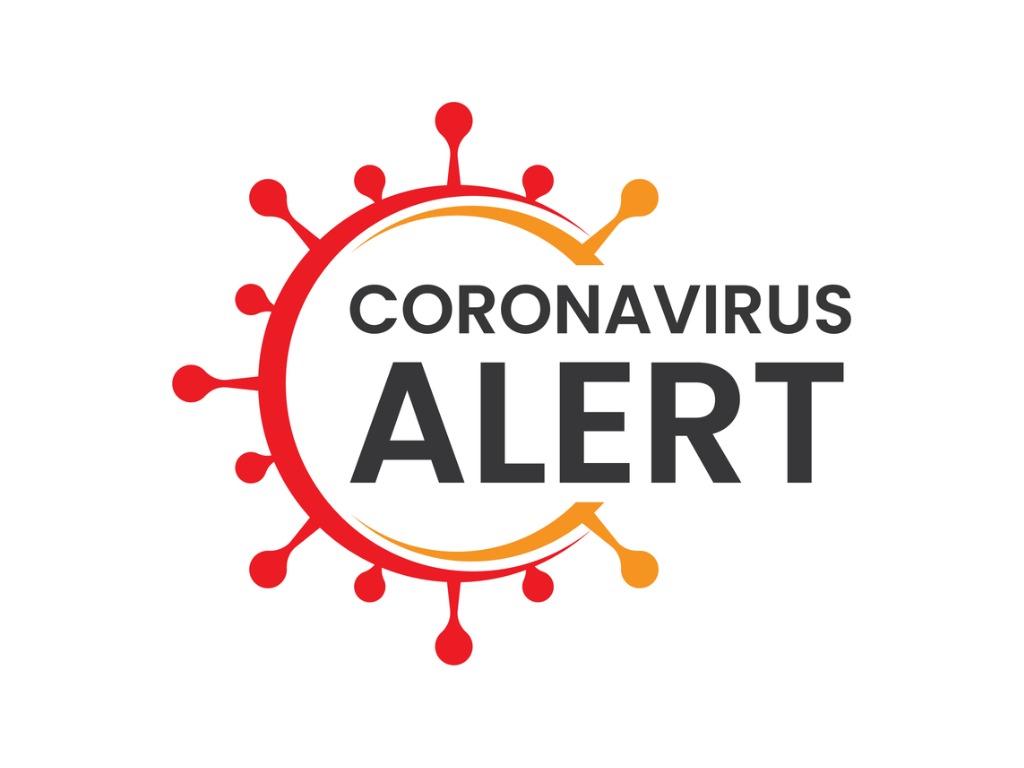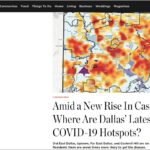
DALLAS – As of November, Parkland Center of Clinical Innovations’ (PCCI) Vulnerability Index observed significant increases in vulnerability to COVID-19 infection in Dallas County as new cases rise affecting the Vulnerability Index (VI) value for some of the most at-risk areas of Dallas County. More troubling, is the 0.47% year-over-year in mobility during the Thanksgiving holiday, which is a similar rate compared to pre-pandemic Thanksgiving in 2019.
 “PCCI analysis indicates a systemic increase in people leaving their home in the two-week period around Thanksgiving. Paired with the dramatic increase in the Vulnerability Index, our community will be challenged through the December holidays and into the first part on 2021,” said Thomas Roderick, PhD, Senior Director of Data and Applied Sciences at PCCI.
“PCCI analysis indicates a systemic increase in people leaving their home in the two-week period around Thanksgiving. Paired with the dramatic increase in the Vulnerability Index, our community will be challenged through the December holidays and into the first part on 2021,” said Thomas Roderick, PhD, Senior Director of Data and Applied Sciences at PCCI.
Launched in June, PCCI’s Vulnerability Index determines communities at risk by examining comorbidity rates, including chronic illnesses such as hypertension, cancer, diabetes and heart disease; areas with high density of populations over the age of 65; and increased social deprivation such as lack of access to food, medicine, employment and transportation. These factors are combined with dynamic mobility rates and confirmed COVID-19 cases where a vulnerability index value is scaled relative to July 2020’s COVID-19 peak value.
The Vulnerability Index reports that in November (See Table 1), the ZIP code with the highest vulnerability value continued to be 75211, around Cockrell Hill. This area has been a high-risk area since the launch of PCCI’s Vulnerability Index.

The ZIP code 75204, which is northeast of downtown Dallas and intersected by U.S. Highway 75, now has the second highest VI value in Dallas County. The area has seen a rapid increase in its vulnerability since July when its VI value was outside the top ten most at-risk ZIP codes. Additionally, since October, this ZIP code had the biggest jump in its VI value in Dallas County, increasing 43.83 (See Table 2).
In general, the top five most vulnerable ZIP codes showed the most extreme increases and exceeded the highest values in as of November (See Table 2). The next five ZIP codes had growth but remain at a moderate VI levels. All ten ZIP codes had increased year-over-year mobility and reflect the COVID-19 case counts that have increased generally across the county.
“Overall, what we are seeing is the increase in confirmed COVID-19 cases and mobility drive an increase in vulnerability in Dallas County,” said Dr. Roderick. “Mobility and socioeconomic deprivation are highly correlated and a potential target for community and public health interventions. Socioeconomic factors affecting mobility include crowded living conditions, type and industry of work, especially client-facing jobs or crowded work environments.”
The PCCI COVID-19 Vulnerability Index can be found on its COVID-19 Hub for Dallas County at: https://covid-analytics-pccinnovation.hub.arcgis.com/.
Data Sources:
To build Vulnerability Index, PCCI relied on data from Parkland Health & Hospital System, Dallas County Health and Human Services Department, the Dallas-Fort Worth Hospital Council, U.S. Census, and SafeGraph.

About Parkland Center for Clinical Innovation
Parkland Center for Clinical Innovation (PCCI) is an independent, not-for-profit, healthcare intelligence organization affiliated with Parkland Health & Hospital System. PCCI leverages clinical expertise, data science and Non Medical Drivers of Health to address the needs of vulnerable populations. We believe that data, done right, has the power to galvanize communities, inform leaders, and empower people.
###






